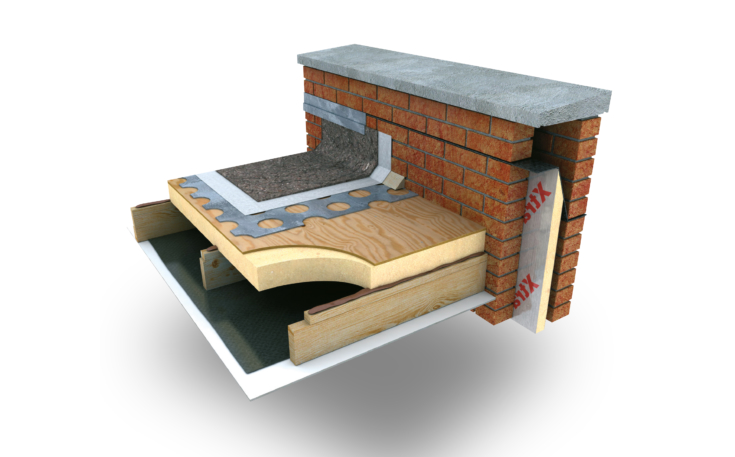An Ideal Flat Roof
An Ideal Flat Roof
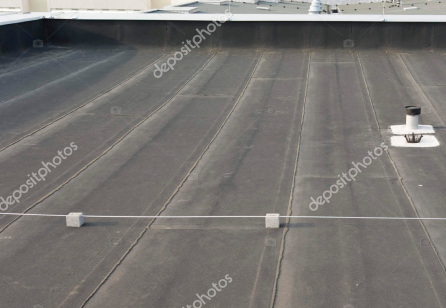
ALPHA ROOFING CANADA CORP provides high-performance roofing for commercial/industrial constructions. We are dedicated to serving our customers in a professional manner and pride in our job. Major types of flat roofs that we do are EPDM, TPO, Hi-Tuff, Build-up (Tar-and-Gravel), and Motified Bitumen Roofing Systems.
A flat roof is a type of covering of a building. In contrast to the sloped form of a roof, a flat roof is horizontal or nearly horizontal. Materials that cover flat roofs should allow the water to run off freely from a very slight inclination.
We Provide Professional Flat Roof Construction Service In Toronto
Benefits Of Flat Roofs
Benefits Of Flat Roofs
A flat roof is the most cost-efficient roof shape as all room space can be used fully (below and above the roof) and as this roof allows easy revision/placement of solar panels.
They also provide space for outdoor recreational use such as roof gardens. Applying a tough waterproofing membrane forms the ideal substrate for green roof planting schemes. A cold applied seamless system is highly durable and offers maximum resistance to root ingress.
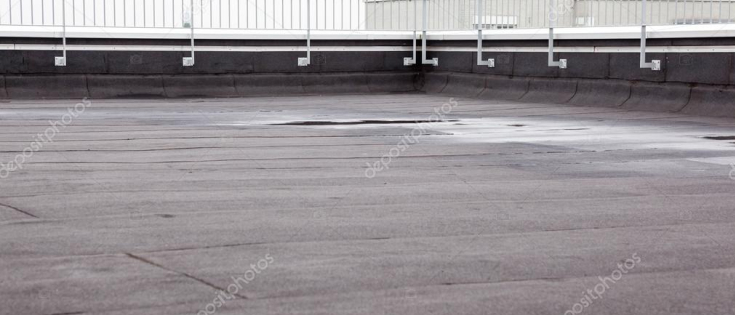
Maintenance And Assessment
Maintenance And Assessment Of Flat Roofs
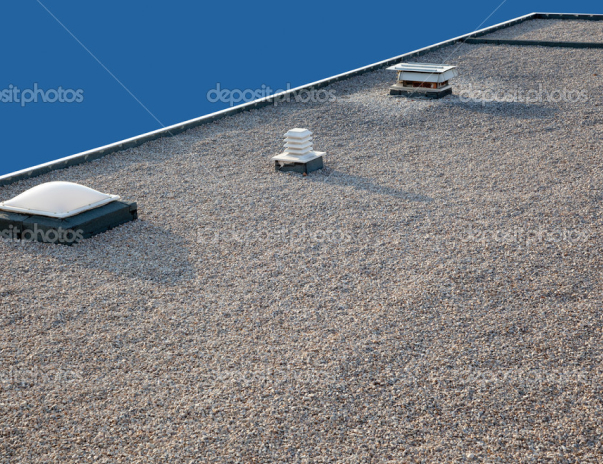
General flat roof maintenance includes getting rid of ponding water, typically within 48 hours. This is accomplished by adding roof drains or scuppers for a pond at an edge or automatic siphons for ponds in the center of roofs.
An automatic siphon can be created with an inverted ring shaped sprinkler, a garden hose, a wet/dry vacuum, a check valve installed in the vacuum, and a digital timer. The timer runs two or three times a day for a minute or two to start water in the hose. The timer then turns off the vacuum, but the weight of water in the hose continues the siphon and soon opens the check valve in the vacuum. The best time to address the issue of ponding water is during the design phase of a new roofing project when sufficient falls can be designed-in to take standing water away. The quicker you get the water off the roof, the less chance there is for a roof leak to occur.
All roofs should be inspected semi-annually and after major storms. During the roof inspection particular attention should be paid to the flashings around all of the roof top penetrations.
The sharp bends at such places can open up and need to be sealed with plastic cement, mesh and a small masons’ trowel. Additionally, repairs to lap seams in base flashings should be made. 90% of all roof leaks and failure occur at the flashings. Another important maintenance item, often neglected, is to simply keep the roof drains free of debris. A clogged roof drain will cause water to pond, leading to increased “dead load” weight on building that may not be engineered to accommodate that weight. Additionally, ponding water on a roof can freeze. Often, water finds its way into a flashing seam and freezes, weakening the seam.
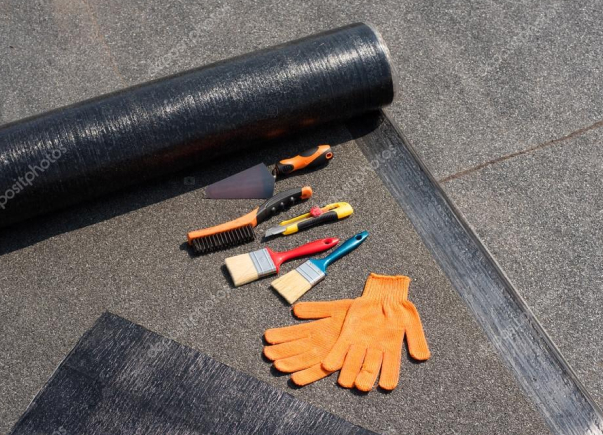
Flat Roof Insulation
Flat Roof Insulation
Flat roofs have been a daunting task for contractors and homeowners alike since they were invented. They are hard to waterproof, hard to maintain, and hard to insulate.
For today’s purposes, we will stick with the insulation issue. In order to properly insulate a flat roof area, you need to be very carefull on the material and the methods used.
